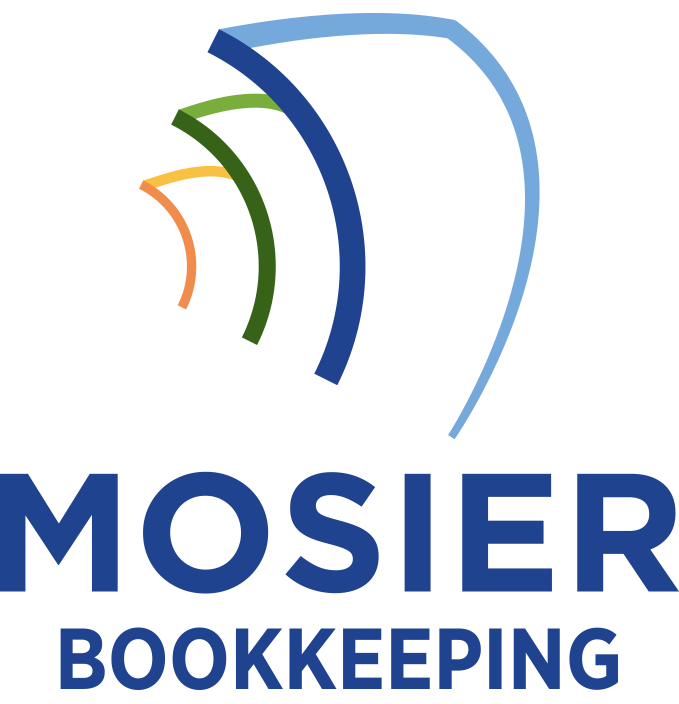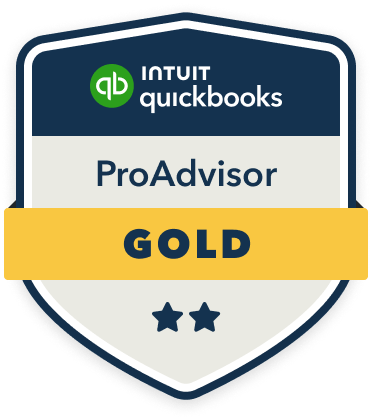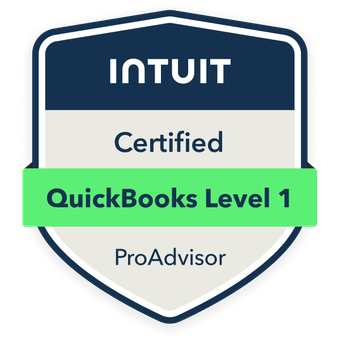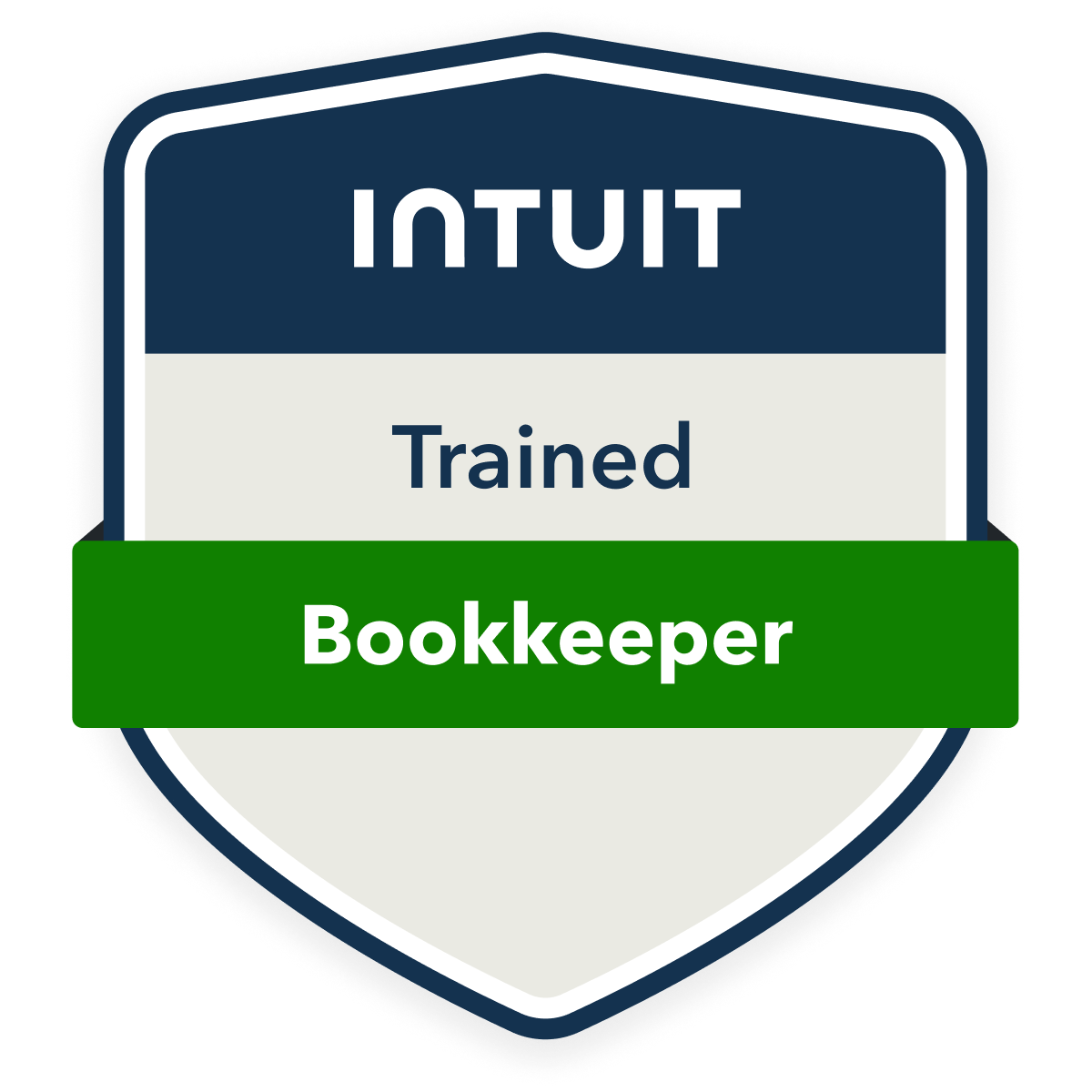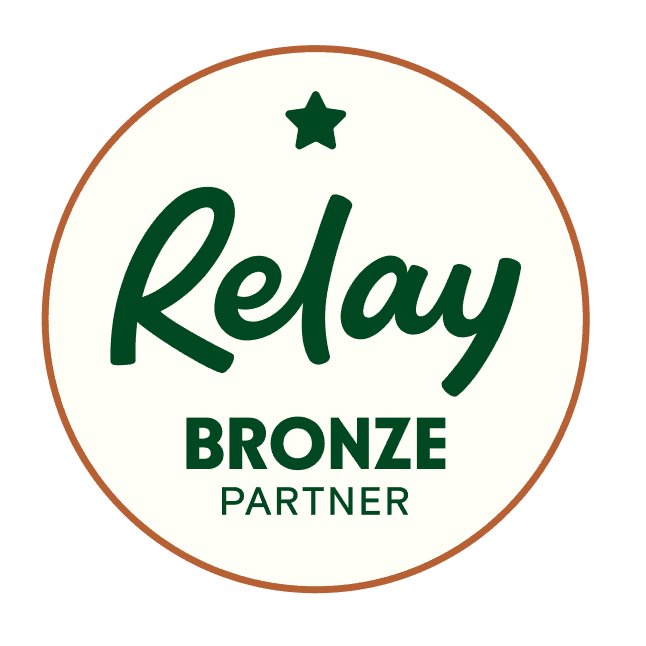To effectively analyze risk management costs through bookkeeping, I’ll help you set up dedicated cost categories in your chart of accounts for insurance premiums, safety equipment, employee training, and compliance expenses. You’ll need to track each category with specific account codes, maintain detailed transaction records, and generate regular reports to identify spending patterns. By analyzing the ROI of prevention programs against historical data, you can optimize your risk management strategy and demonstrate value to stakeholders. The following framework will transform your approach to risk-related financial decisions.
Setting Up Risk Management Cost Categories

When establishing a thorough risk management program, setting up clear cost categories serves as the foundation for accurate financial tracking and analysis. I’ll separate costs into distinct categories: insurance premiums, safety equipment and maintenance, employee training, compliance certifications, legal fees, and incident response resources.
I create subcategories to track specifics like property insurance versus liability coverage, or preventive versus reactive maintenance costs. I’ll assign unique account codes to each category in my chart of accounts, enabling precise cost allocation and analysis. This structured approach lets me identify cost patterns, optimize spending, and demonstrate ROI to stakeholders.
Tracking Insurance and Compliance Expenses
As insurance and compliance costs form a significant portion of risk management expenses, I track these systematically through dedicated spreadsheets and accounting software. I maintain separate ledger accounts for each insurance policy type and allocate monthly premiums, deductibles, and any claims-related expenses.
I’ve created specific cost centers for regulatory compliance, including licensing fees, audit costs, and legal consultations. By tagging each transaction with relevant compliance requirements, I can analyze spending patterns and identify cost-saving opportunities. This granular tracking enables me to generate detailed reports for stakeholders and make data-driven decisions about risk transfer versus retention strategies.
Monitoring Employee Safety and Training Investments

The systematic monitoring of employee safety and training investments requires meticulous documentation in my accounting system. I track these costs using dedicated general ledger accounts that separate mandatory training from specialized skill development programs. I’ve created sub-accounts for safety equipment purchases, certification fees, and ongoing education expenses.
I maintain detailed records of per-employee training investments, which lets me analyze ROI through reduced incident rates and increased productivity. By linking these expenditures to specific cost centers, I can identify departments that need additional resources or those achieving ideal safety-to-cost ratios. This data drives my strategic decisions about risk mitigation spending.
Analyzing Risk Prevention Program ROI
Measuring return on investment for risk prevention programs demands rigorous quantitative analysis of both direct and indirect cost impacts.
I track prevention program costs against baseline incident rates and expenses from previous periods to establish clear ROI metrics. I compare current period safety incidents, workers’ compensation claims, lost productivity hours, and regulatory fines against historical data. My ROI calculations incorporate both hard cost reductions and soft benefits like improved morale and retention.
I leverage risk management software to model program effectiveness scenarios, allowing me to optimize resource allocation. This data-driven approach helps me demonstrate the financial value of prevention investments to stakeholders and secure continued funding.
Creating Risk Management Cost Reports

Building on ROI analysis findings, I create detailed risk management cost reports that provide exhaustive financial visibility across our prevention initiatives. I structure these reports by categorizing expenses into direct costs, indirect costs, and opportunity costs, then map them to specific risk mitigation strategies.
My reporting framework breaks down insurance premiums, security systems, training programs, compliance measures, and incident response capabilities. I track cost variances monthly, identifying spending patterns and optimization opportunities. Through data visualization tools, I transform complex cost metrics into actionable insights that drive strategic decision-making and resource allocation.
